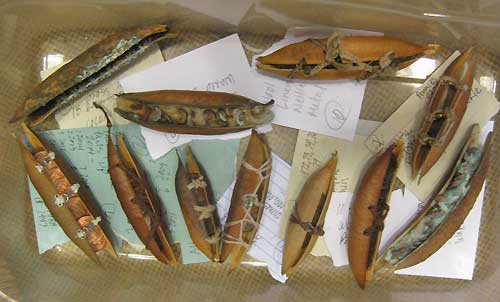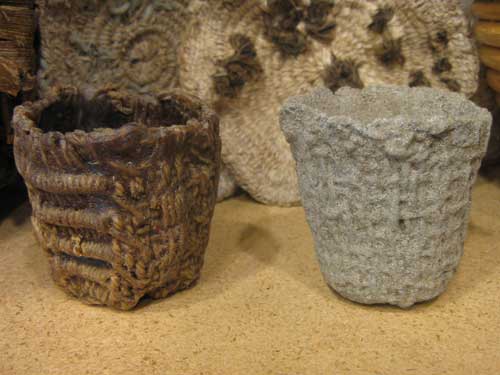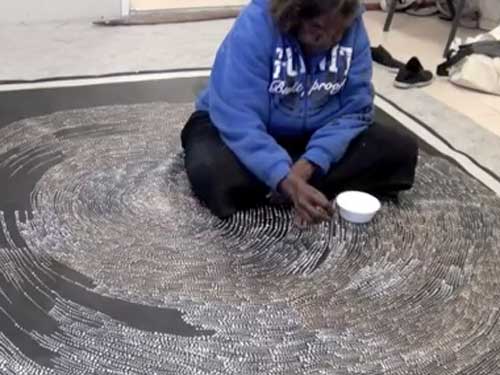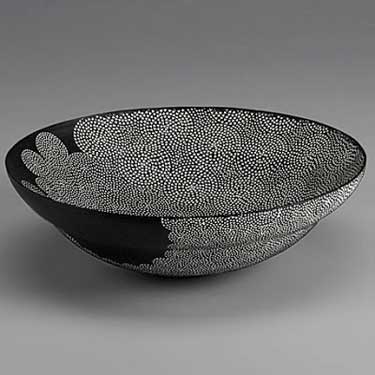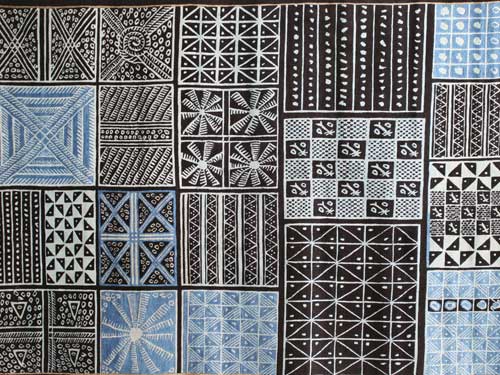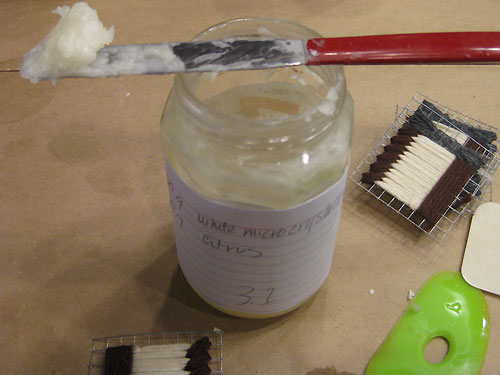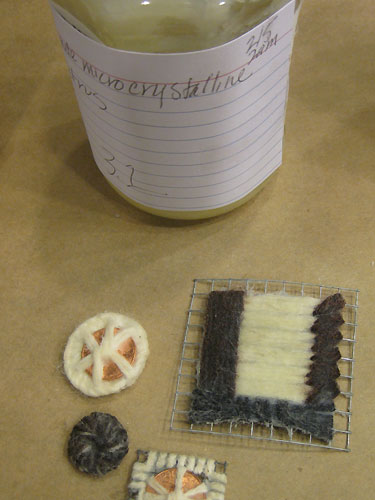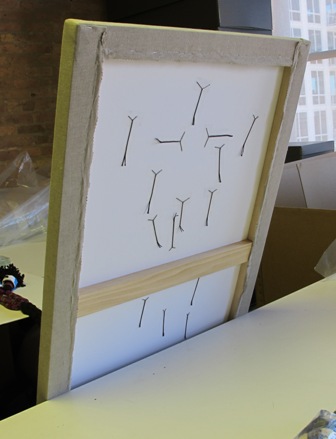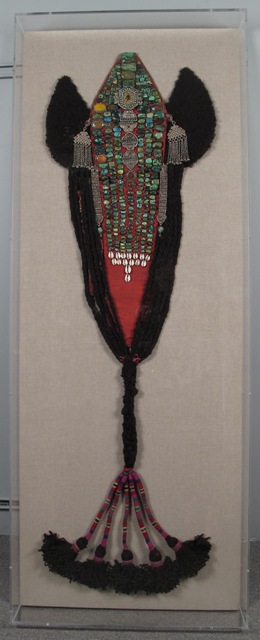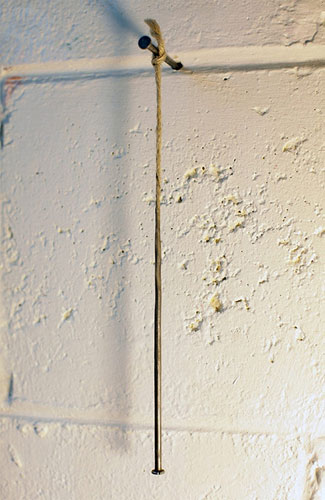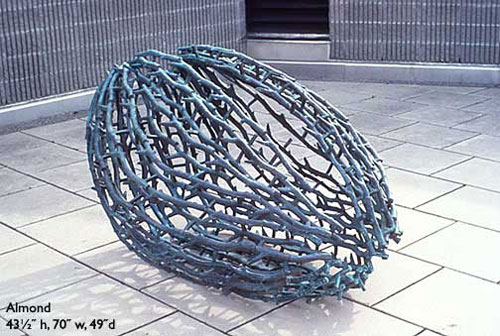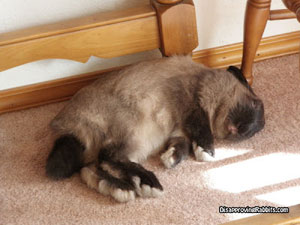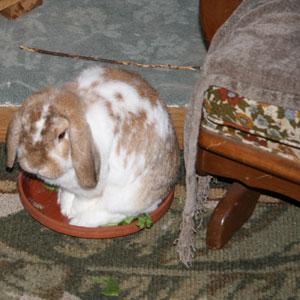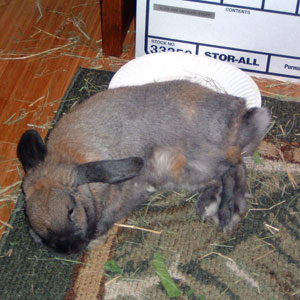I am an obsessive note maker. A small notebook is in pocket or bag, always at the ready.
A Staedtler Lead Holder was my go to writing utensil, until last night. I am in the process of planning a wool, knitted and fulled wallpiece.
The problem with using lead is the possible disappearance over time. But it is easy to erase for changes.

One of the cool things about the Staedtler Lead Holder is the built in sharpener, which eliminates the need to carry another tool.

There are two problems with a felt marker, not permanent and mistakes.
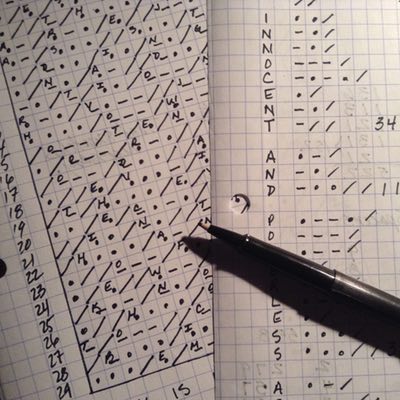
I stopped by target today and picked up a bottle of Bic Wite Out.
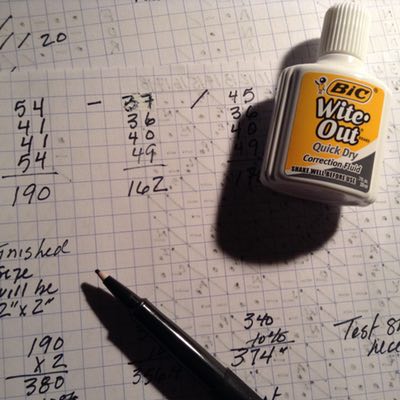
It is so much nicer than the last bottle. No longer is the applicator a brush, it is a little sponge wedge that glides nicely.
Back to notebooks and note making. I was delighted to see reference to Thomas Jefferson and his pocket notebooks at this great book art site. It was a different time, but I am not keen on the material that was used for the pages. I do like the idea of reusable pages that you could write notes in pencil and erase when notes are transferred to sketchbook or journal.
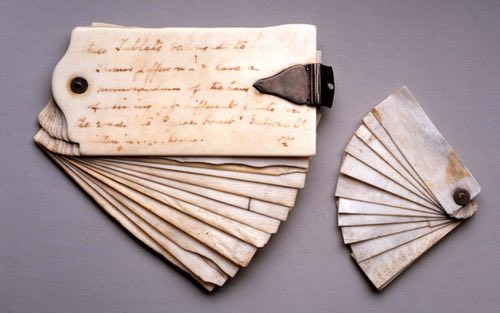
According to the Monticello site, Jefferson carried a small ivory notebook on which he could write in pencil. Back in his Cabinet, or office, he later copied the information into any of seven books in which he kept records about his garden, farms, finances, and other concerns; he then erased the writing in the ivory notebook. The photo of the notebooks was taken by Edward Owen.
The Monticello site also included additional information about tools that he carried with him, Among his collection of pocket-sized devices were scales, drawing instruments, a thermometer, a surveying compass, a level, and even a globe.
Got to thinking about tools that I tend to carry with me. When I go hiking I always carry gloves, tool for digging, small cutters, bags for finds, a magnifier, a small flashlight, twine, and often a camera.
The Monticello site has loads of interesting facts and fun things for purchase. I am an avid gardener and have purchased seed from the site. My favorite seeds have been: Sunset Hibiscus (Abelmoschus manihot), Aquilegia Barlows, and the Fringed Pink (Dianthus superbus).
Every time I visit the site I look at the wheel cypher decoder. Maybe one day I will actually purchase it.


